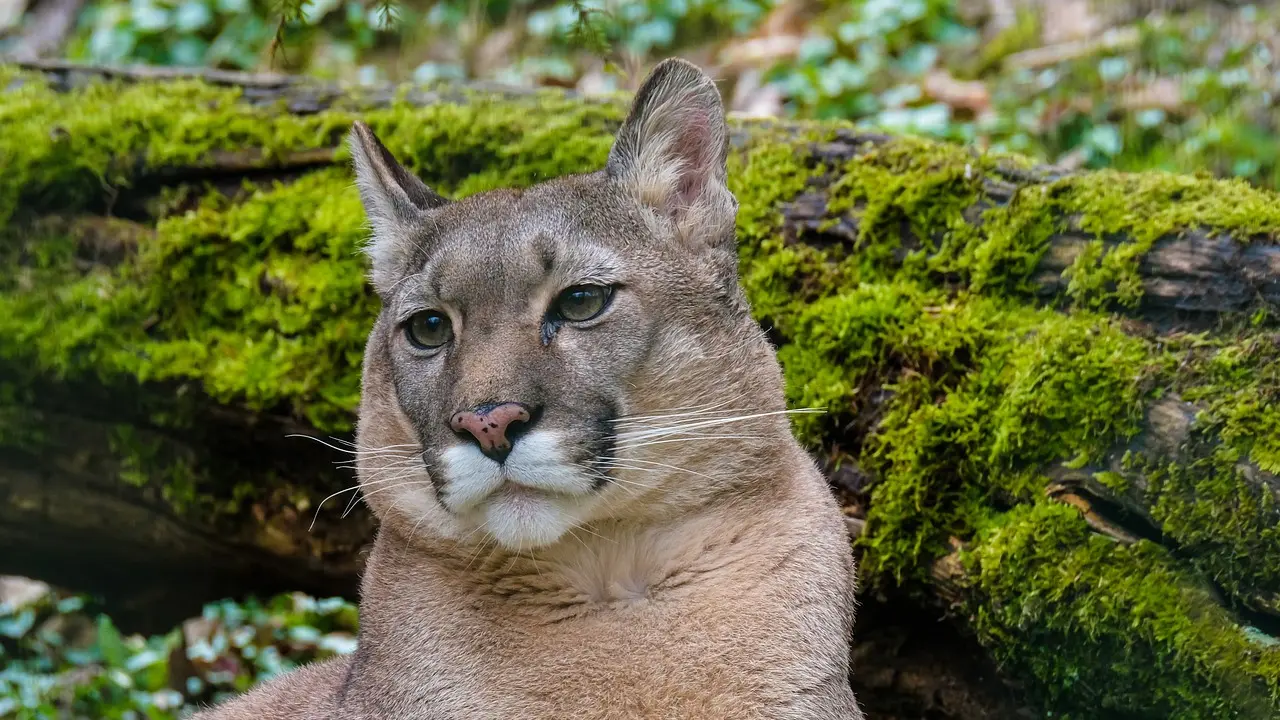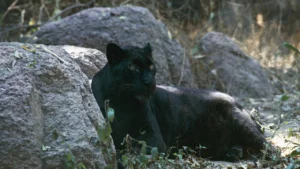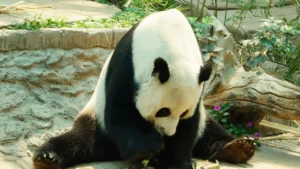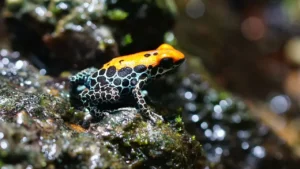Table of Contents
In the rugged wilderness of the Americas, a silent predator roams with grace and power, embodying the essence of wilderness and freedom.
The puma cat, also known as the cougar, mountain lion, or puma, commands reverence and respect as one of the most elusive and mysterious big cats on the planet. In 2024, amidst growing awareness of conservation and biodiversity, the enigmatic cougar continues to captivate the imagination of wildlife enthusiasts, researchers, and adventurers alike. In this comprehensive exploration, we delve into the fascinating world of the Puma Cat, uncovering its secrets, unraveling its mysteries, and celebrating its role as a symbol of wilderness and resilience in the modern era.
Understanding The Cougar: An Overview of an Iconic Predator
The puma cat (Puma concolor) is a large felid species native to the Americas, ranging from the southern tip of South America to the northern reaches of Canada. Renowned for its solitary nature and stealthy hunting prowess, the cougar is a master of adaptation, inhabiting a diverse array of ecosystems ranging from dense forests and rugged mountains to arid deserts and grassy plains. With its sleek, muscular build, tawny coat, and piercing amber eyes, the cougar cuts a striking figure in its natural habitat, exuding an aura of strength, agility, and primal grace.
Physical Characteristics: The Anatomy of a Silent Stalker
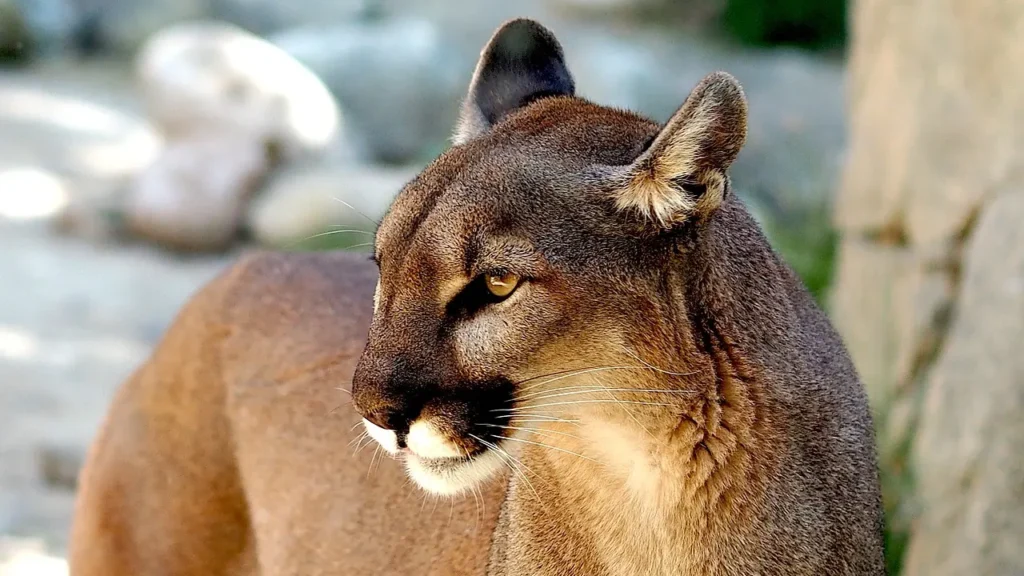
The puma cat possesses a distinctive set of physical traits that set it apart from other big cat species. With an average body length of 6 to 9 feet (1.8 to 2.7 meters) from nose to tail tip and a weight ranging from 100 to 220 pounds (45 to 100 kilograms), the cougar ranks among the largest felids in the Americas. Its muscular body is built for speed and agility, with long, powerful limbs, a flexible spine, and retractable claws that enable it to pursue and capture prey with remarkable efficiency. Its coat varies in color from reddish-brown to grayish-yellow, providing camouflage in its natural habitat and helping it blend seamlessly into its surroundings.
Habitat and Distribution: Roaming the Wilds of the Americas
The cougar is a highly adaptable species, capable of thriving in a wide range of habitats across its vast range. From the dense rainforests of the Amazon basin to the snow-capped peaks of the Rocky Mountains, the puma cat can be found in diverse ecosystems spanning North and South America. It favors areas with ample cover for stalking and ambushing prey, such as forests, shrublands, and rocky outcrops, but is also known to inhabit more open terrain, including grasslands, deserts, and swamps. Despite its extensive range, the cougar is a secretive and elusive creature, often evading detection even in areas where it is known to occur.
Behavior and Ecology: The Life of a Solitary Hunter
As a solitary hunter, the puma cat relies on stealth, patience, and cunning to secure its prey. Unlike social cats such as lions, cougars are typically solitary animals, with adult individuals maintaining large home ranges that may overlap with those of neighboring conspecifics.
They are most active during the crepuscular and nocturnal hours, using their keen senses of sight, hearing, and smell to locate and ambush prey under the cover of darkness. cougars are opportunistic predators, with a varied diet that includes deer, elk, moose, bighorn sheep, rodents, and occasionally smaller predators such as coyotes and bobcats. Despite their formidable hunting prowess, cougars are also known to scavenge carrion when the opportunity arises, demonstrating their adaptability and resourcefulness in the wild.
Conservation Status: Challenges and Opportunities
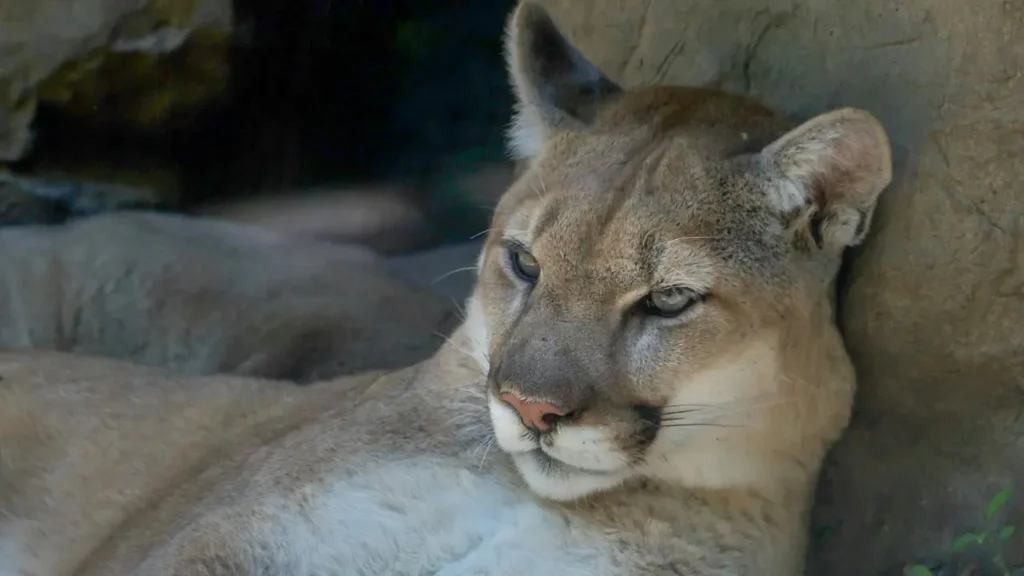
Despite its widespread distribution and adaptability, the cougar faces numerous threats to its survival in the modern world. Habitat loss and fragmentation, caused by urbanization, agriculture, and infrastructure development, pose significant challenges to puma cat populations, restricting their ability to move and find suitable prey.
Human-wildlife conflict is another major concern, as cougars occasionally prey on livestock or come into conflict with humans in areas where their ranges overlap. In response to these threats, conservation organizations and government agencies are working to protect and conserve cougar populations through habitat preservation, research, and education initiatives. By raising awareness of the importance of coexistence and implementing measures to mitigate conflicts between humans and cougars, we can ensure a brighter future for this iconic predator and the ecosystems it inhabits.
Mythology and Cultural Significance:
Throughout history, the puma cat has held a prominent place in the mythology, folklore, and cultural traditions of indigenous peoples across the Americas. Revered as a symbol of power, agility, and independence, the puma cat features prominently in creation stories, legends, and rituals that celebrate its prowess as a hunter and guardian of the wilderness. In many indigenous cultures, the cougar is regarded as a sacred animal with supernatural abilities, capable of traversing between the physical and spiritual realms with ease. Its image adorns ceremonial artifacts, totem poles, and traditional artwork, serving as a reminder of the deep connection between humans and the natural world.
Encounters in the Wild: Experiences and Insights from Observers
For those fortunate enough to encounter a puma cat in the wild, the experience is often one of awe, wonder, and reverence. Whether glimpsed from a distance as it prowls through the forest or observed up close as it drinks from a mountain stream, the sight of a cougar in its natural habitat is a rare and unforgettable privilege.
Wildlife enthusiasts, photographers, and researchers devote countless hours to studying and documenting puma cat behavior, shedding light on its elusive habits and contributing to our understanding of this magnificent creature’s role in the ecosystem. Through their efforts, we gain insights into the complex interactions between predators and prey, the dynamics of habitat use and resource allocation, and the importance of conservation efforts to protect this iconic species for future generations.
The Future of the Puma Cat: Preserving a Legacy of Wildness and Freedom
As we look to the future, the fate of the puma cat rests in our hands. As stewards of the natural world, we have a responsibility to protect and preserve the habitats and ecosystems that sustain cougar populations and ensure their long-term survival. By supporting conservation initiatives, advocating for habitat preservation, and promoting coexistence between humans and wildlife, we can safeguard the legacy of wildness and freedom embodied by the cougar for generations to come. In doing so, we honor not only the spirit of this magnificent predator but also the rich tapestry of life that defines our planet’s natural heritage.
Conclusion
In conclusion, the cougar stands as a symbol of resilience, adaptability, and wildness in an ever-changing world. As we continue to explore and appreciate the wonders of the natural world, let us remember the importance of protecting and conserving species like the cougar, whose presence enriches our lives and reminds us of the beauty and diversity of life on Earth. Whether glimpsed in the depths of a remote forest or celebrated in the stories and traditions of indigenous cultures, the puma cat embodies the spirit of the wilderness and the enduring power of nature’s untamed beauty.
If you have question Contact Us.

